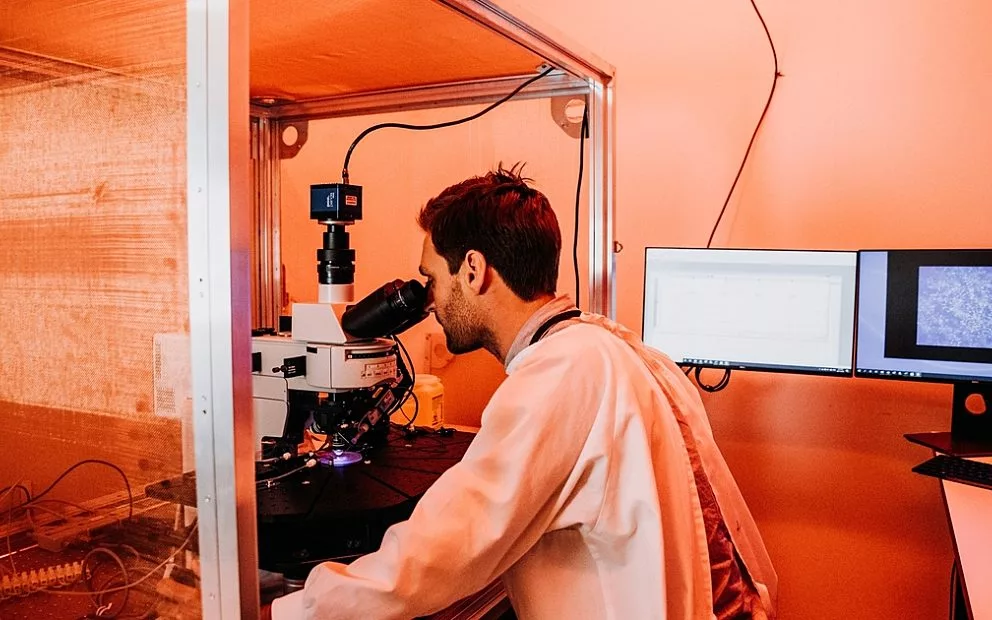Patients who receive a specific form of treatment for the common heart condition known as atrial fibrillation have increased survival and reduced hospitalisation rates, according to new international research involving Adelaide heart health experts.
These results are a major finding with implications for the treatment of atrial fibrillation (AF) worldwide.
The research, now published in The New England Journal of Medicine, has revealed that patients receiving radiofrequency catheter ablation – in which intense radiofrequency energy is used to cauterise the source of abnormal electrical impulses that cause heart rhythm problems – has a range of benefits over drug treatment.
The work was conducted with patients in North America, Europe and Australia, and was led internationally by the University of Utah Health.
The Australian research leader and paper co-author is Professor Prash Sanders, Director of the Centre for Heart Rhythm Disorders at the University of Adelaide and Royal Adelaide Hospital, and a member of the Heart Health theme at the South Australian Health and Medical Research Institute (SAHMRI).
Background
Atrial fibrillation (AF) is Australia's most common heart rhythm disorder, is a leading cause of stroke and can lead to heart failure. Millions of people around the world are diagnosed with this condition every year.
Chest pain, a 'racing' or unusual heartbeat and shortness of breath are all symptoms of AF. Patients with AF have an increased risk of heart failure and stroke.
About catheter ablation
Catheter ablation is a procedure that directly treats the abnormal electrical impulses causing heart rhythm problems (also known as arrhythmias) associated with AF. In people who experience AF, the treatment is targeted at the most abnormal electrical impulses that trigger episodes of AF. Such treatment is often carried out with pulses of radiofrequency energy.
The ablation procedure aims to electrically isolate areas of the heart that maintain this rhythm and to restore regular heart rhythm. In the clinical trial, ablation lesions were made at the discretion of the operators using their preferred ablation system.
During the ablation process, a catheter is snaked through the patient's body to the site of abnormal heart cells. The doctor delivers a dose of radiofrequency energy, to destroy the abnormal cells, which restores the heart's regular rhythm.
This procedure can treat AF with much less distress to the sufferer. It requires no cutting or stitching and leaves significantly fewer scars than open heart procedures.
Study findings
More than 360 patients from North America, Europe and Australia with heart failure and a history of AF (heart function at less than 35% capacity), were selected for the clinical trial. The patients were separated into two groups, with 179 patients receiving radiofrequency catheter ablation and 184 patients receiving a conventional drug therapy.
Patients in the ablation group experienced overall lower mortality (28%) compared to the medication group (45%). In addition, the catheter ablation group experienced lower mortality from poor cardiovascular health (13%) compared to the medication group (25%).
This is the first time research has shown definitively that catheter ablation for atrial fibrillation is associated with improved survival compared with current drug treatments for AF patients.


